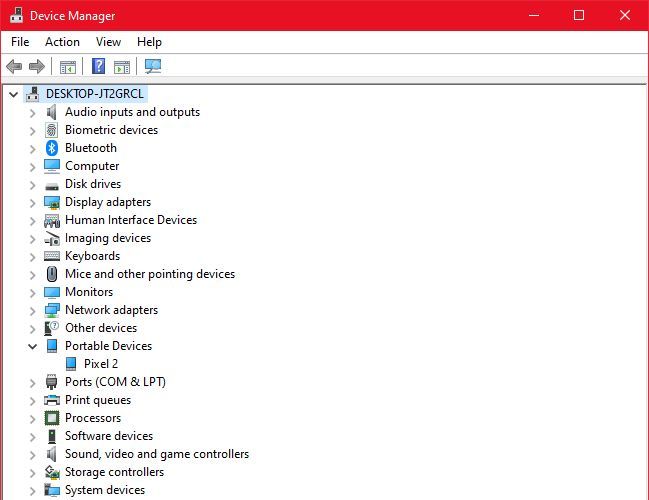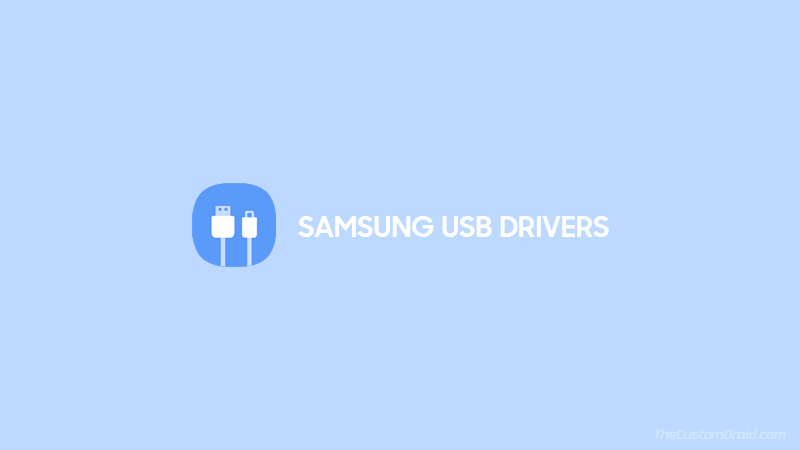
- #Android usb drivers for windows 8 install
- #Android usb drivers for windows 8 driver
- #Android usb drivers for windows 8 windows 10
- #Android usb drivers for windows 8 software
- #Android usb drivers for windows 8 code
#Android usb drivers for windows 8 install
Now after attempting to install after modifying the file im now encountering this error. %CompositeAdbInterface% = USB_Install, USB\VID_18D1&PID_9001&MI_00 %CompositeAdbInterface% = USB_Install, USB\VID_18D1&PID_9001&MI_01 %CompositeAdbInterface% = USB_Install, USB\VID_18D1&PID_4EE6&MI_01 %CompositeAdbInterface% = USB_Install, USB\VID_18D1&PID_4EE4&MI_02 %CompositeAdbInterface% = USB_Install, USB\VID_18D1&PID_4EE2&MI_01 %SingleBootLoaderInterface% = USB_Install, USB\VID_18D1&PID_4EE0 %SingleAdbInterface% = USB_Install, USB\VID_18D1&PID_2C11 %SingleBootLoaderInterface% = USB_Install, USB\VID_18D1&PID_2C10 %CompositeAdbInterface% = USB_Install, USB\VID_18D1&PID_4E44&MI_01 %CompositeAdbInterface% = USB_Install, USB\VID_18D1&PID_4E42&MI_01 %SingleBootLoaderInterface% = USB_Install, USB\VID_18D1&PID_4E40 %CompositeAdbInterface% = USB_Install, USB\VID_18D1&PID_4E24&MI_01 %SingleAdbInterface% = USB_Install, USB\VID_18D1&PID_4E23 %CompositeAdbInterface% = USB_Install, USB\VID_18D1&PID_4E22&MI_01 %SingleAdbInterface% = USB_Install, USB\VID_18D1&PID_4E21 %CompositeAdbInterface% = USB_Install, USB\VID_18D1&PID_4E12&MI_01 %SingleAdbInterface% = USB_Install, USB\VID_18D1&PID_4E11 %CompositeAdbInterface% = USB_Install, USB\VID_18D1&PID_0D02&MI_01 %SingleAdbInterface% = USB_Install, USB\VID_18D1&PID_0D02
#Android usb drivers for windows 8 driver
I started off by pointing my driver installation to sdk\extras\google\usb_driver and then modified the following file to include Glass. For more information, see "USB Video Class Driver" under AVStream Minidrivers.I'm having an issue with installing the proper usb driver to get ADB working properly with Glass. Microsoft provides USB video class support by means of the Usbvideo.sys driver. Windows 11Windows 10 for desktop editions Two important device setup classes for USB devices are as follows: For more information, see System-Defined Device Setup Classes. IHVs and OEMs can define new device setup classes, but only if none of the existing classes apply. Microsoft defines setup classes for most devices. Windows categorizes devices by device setup classes, which indicate the functionality of the device.
#Android usb drivers for windows 8 code
The current list of USB class specifications and class codes is documented in the USB-IF Defined Class Code List.

If some of the device's capabilities are not implemented by the class driver, vendors should provide supplementary drivers that work in conjunction with the class driver to support the entire range of functionality provided by the device.įor general information about USB-IF approved device classes see the USB Common Class Specification Windows class drivers might not support all of the features that are described in a class specification. Hardware vendors should not write drivers for the supported device classes. If a device that belongs to a supported device class is connected to a system, Windows automatically loads the class driver, and the device functions with no additional driver required. Microsoft provides in-box drivers for several of those device classes, called USB device class drivers.
#Android usb drivers for windows 8 software
If a warning window pops up, click on Install the driver software anyway. From the Model list select MTK USB Port and click Next.
#Android usb drivers for windows 8 windows 10
Select Windows 10 圆4 MTK USB Drivers.inf for 64-bit Windows or select Windows 10 x86 MTK USB Drivers.inf for 32-bit Windows. Each device class is identified by USB-IF approved class, subclass, and protocol codes, all of which are provided by the IHV in device descriptors in the firmware. Now click on Have Disk and locate to the extracted folder. Those classes and their specifications are defined by the USB-IF. USB device classes are categories of devices with similar characteristics and that perform common functions.

More guidelines are included in Choosing a driver model for developing a USB client driver. If a Microsoft-provided driver is not available for the USB device class to which your device belongs, then consider using generic drivers, Winusb.sys or Usbccgp.sys. If you are writing a custom driver: Before writing a driver for your USB device, determine whether a Microsoft-provided driver meets the device requirements. The drivers are updated through Windows Update.

They are available in the \Windows\System32\DriverStore\FileRepository folder. These drivers and their installation files are included in Windows. If you are installing USB drivers: You do not need to download USB device class drivers.

For non-composite devices or a function of a composite device, use WinUSB (Winusb.sys).For composite devices, use USB Generic Parent Driver (Usbccgp.sys) that creates physical device objects (PDOs) for each function.Microsoft-provided drivers for USB-IF approved device classes.This topic lists the Microsoft-provided drivers for the supported USB device classes. If you are a customer experiencing USB problems, see Troubleshoot common USB problems


 0 kommentar(er)
0 kommentar(er)
